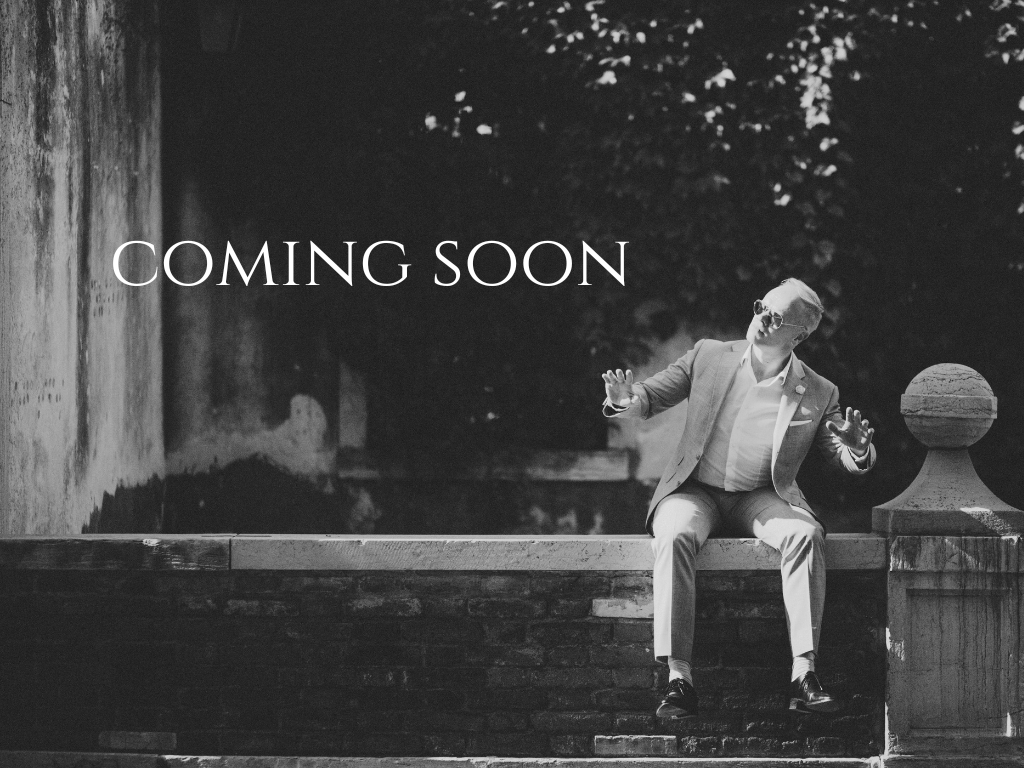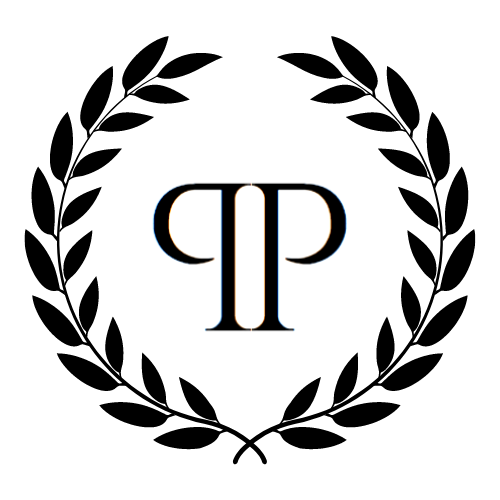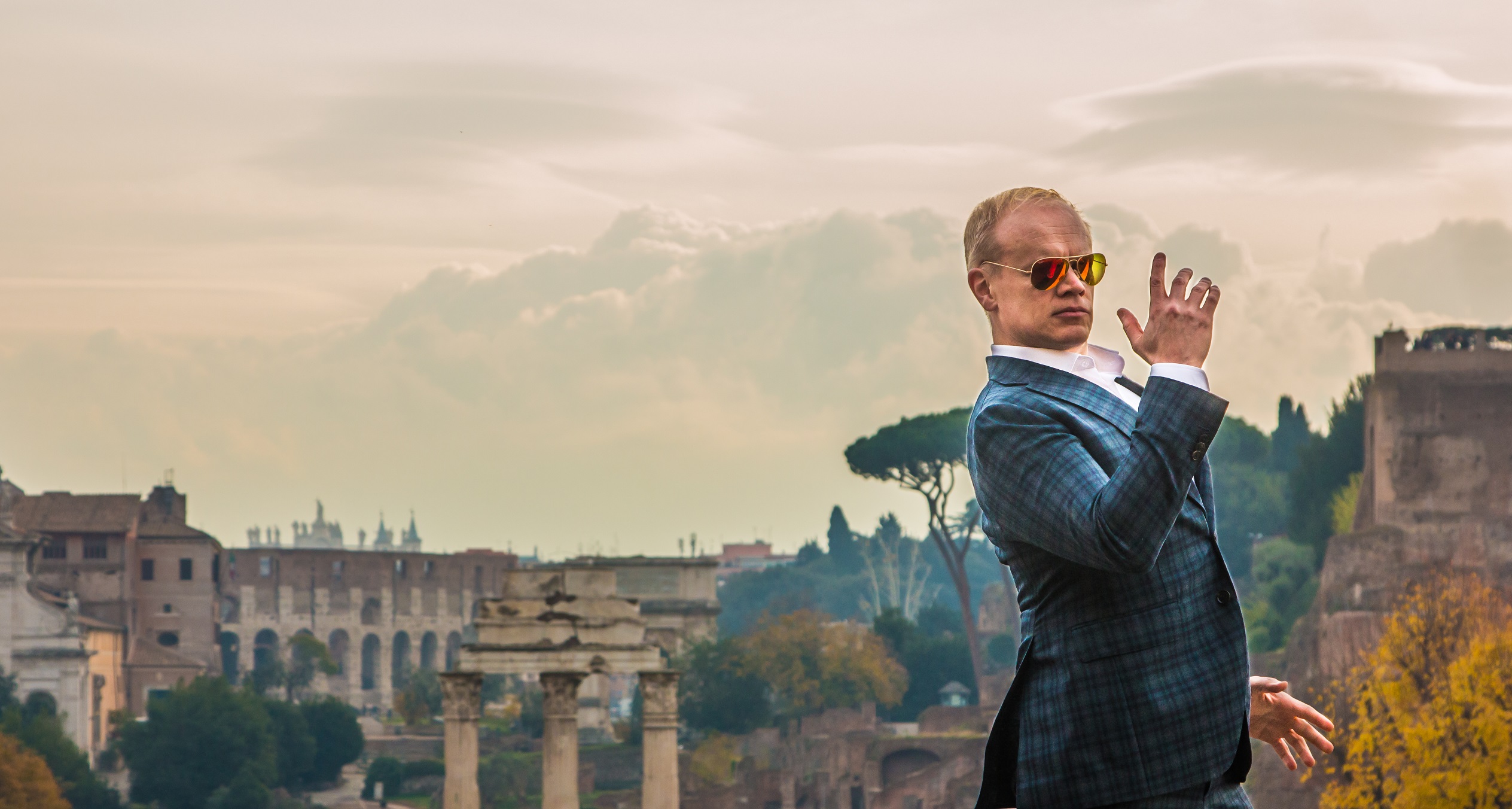The concept
Every morning, millions of Cinderellas wake up to prove themselves in corporate boardrooms. Countless Little Mermaids sacrifice their authentic voices to fit into new worlds. Modern-day Prometheus figures share forbidden knowledge through viral tweets, while digital-age Pandoras unleash chaos and hope with data leaks.
Our daily lives are not just reflections of ancient stories – they continue to be variations of those stories, retold in contemporary forms. This unbroken chain stretches across millennia, shaped by:
- Moral and political instruction, where collections like The Panchatantra – an ancient Indian compilation of animal fables – were designed to teach principles of governance, wisdom, and ethical decision-making to future leaders,
- Heroic ideals and communal identity, where epics like Beowulf – rooted in Germanic oral tradition – celebrated courage, loyalty, and the struggle against chaos, preserving the values of early medieval societies,
- Folklore as cultural preservation, where storytellers like the Brothers Grimm and Charles Perrault gathered and adapted oral tales, embedding local customs, warnings, and aspirations into narratives that resonated across generations.
Each generation preserved and retransmitted the same archetypal patterns, proving the human experience remains unchanged. Only the stage and costumes evolve.
These stories also have common denominators.
The journalist Christopher Booker categorised universal stories into seven basic plots – Overcoming the Monster, Rags to Riches, The Quest, Voyage and Return, Comedy, Tragedy, and Rebirth.
These manifest in our daily struggles, victories, and transformations.
- A young professional fighting corporate bureaucracy is living ‘Overcoming the Monster.’
- An immigrant building a new life embodies ‘Rags to Riches.’
- A cancer survivor’s journey mirrors the ‘Rebirth’ arc.
These seven plots, in turn, can be summarised in just one story, the monomyth, that Joseph Campbell described in his book “The Hero with a Thousand Faces”. And now, in our digital age,
- the call to adventure might be a job offer;
- The Mentor could be a YouTube guru
- and the elixir might be a groundbreaking app idea.
The structure persists because it reflects the patterns of human growth and transformation.
However, I also want to point out that while the fairy tales were cultural preservation they also coincided with European colonial expansion. The collectors documented universal patterns, albeit with an elitist bias and within power structures that exploited other cultures.
The question that haunts this exploration: How do we honor this cultural heritage while acknowledging the shadow it casts and the minorities they excluded or even mocked without appropriating their features for our modern entertainment purposes?
Eternal Echoes seeks to retell these stories and also remind the listener about these connections through what we might call “critical preservation” – honoring the patterns while examining their transmission methods.
Through 26 centuries of European storytelling tradition, we see how cultural wisdom survives both preservation and exploitation. While technology and society evolve, the core human experience remains remarkably consistent. The stories we keep telling each other aren’t just entertainment – they are a survival manual passed down through generations, teaching us how to navigate life’s universal challenges. Through music, we can explore how these narratives manifest in the digital age, recognizing that we are the living myths now.
The singles

Song 1

Song 2

Song 3

Song 4

Song 5

Song 6

Song 7

Song 8

Song 9


Leave a Reply